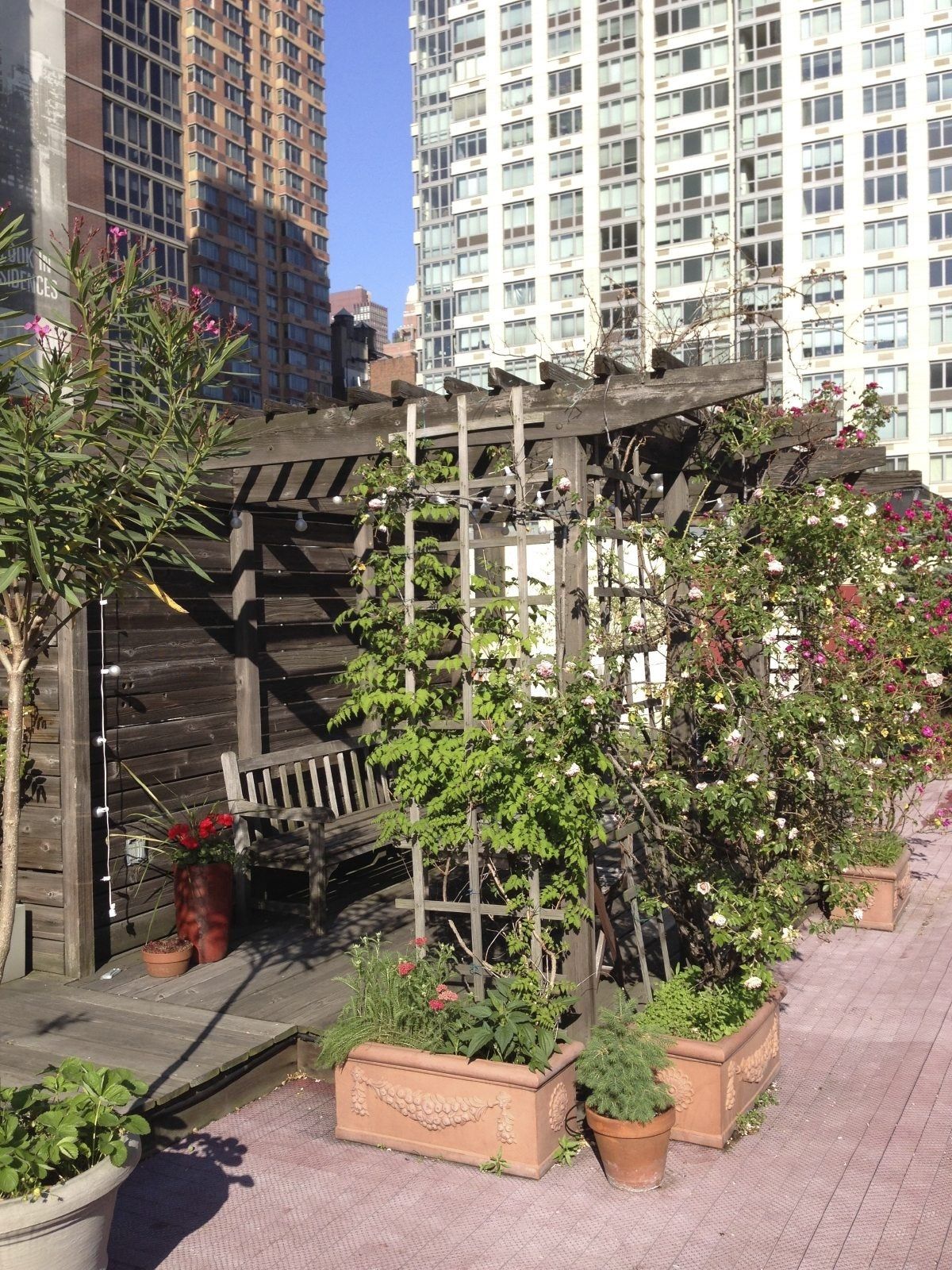Some Known Details About City Blooming
Some Known Details About City Blooming
Blog Article
The Only Guide for City Blooming
Table of ContentsThe Best Strategy To Use For City BloomingThe 8-Minute Rule for City BloomingThe 7-Minute Rule for City BloomingCity Blooming - TruthsThe Ultimate Guide To City Blooming
Intrigued in growing food offer for sale in the City of Chicago? Believing regarding starting a community garden? Changes to the Chicago Zoning Regulation permit farming uses like community yards and metropolitan ranches in numerous components of the city. Below is a checklist of regularly asked inquiries relating to the regulations and regulations that growers must think about when planning a city farming job.
The zoning change does not modify any type of various other codes handling composting, building permits, acquiring or leasing City possessed building, service licenses or environmental contamination. There are existing codes that regulate these concerns and they stay completely result and may apply to your job. Neighborhood gardens are generally owned or managed by public entities, public organizations or community-based organizations and maintained by volunteers.
Urban farms grow food that is meant to be offered, either on a nonprofit or for-profit basis. Because of their commercial objective, metropolitan ranches call for a business certificate. Yes. A neighborhood yard is permitted to sell surplus produce that was expanded on website if the sales are accessory or subordinate to the garden's primary objective explained above.
City Blooming Fundamentals Explained
Composting is permitted however only for plant material that is generated and used on site. The quantity of compost material can not surpass 25 cubic yards at any type of offered time according to the criteria in 7-28-715 of the City's Municipal Code. Yes. Due to the fact that the soil at most brand-new garden sites requires changing, garden compost, dirt, timber chips, or various other products can be acquired to construct or enhance the expanding room - sustainability.

If a building license is needed then the hoophouse will be thought about an accessory structure. You can discover out more about the structure authorization needs by speaking to the Division of Structures. The 25,000-square-foot dimension limitation is planned to stop a single area yard from dominating a given block or interfering with the block's existing property or industrial personality.
The limit does not use to yards found in Public Open Area (POS) districts. Can there be more than one neighborhood garden that is 25,000 square feet on a solitary block? Secure fencing is not required, nonetheless, yards that have large auto parking areas might be needed to mount fence or various other landscape design functions.
City Blooming Things To Know Before You Buy
B1 & B2 areas need that all industrial use activities be conducted inside your home. Is fencing needed for metropolitan ranches? Fencings may be needed, along with landscape design and testing, for specific car parking locations and outdoor work or storage locations depending on location and the details activity taking area.
Yes. Urban farms need building permits and zoning authorizations before building and construction. Various other forms of city evaluation might be called for depending upon certain structures, tasks, dimension, landscape design, licensing, public health and stormwater administration issues. A lot of these needs are identified in the task style or permitting process, however, the applicant may be responsible to separately identify certain licenses or permits that may be called for.
The Division of Service Affairs and Consumer Defense can help identify the particular kind of company license that's required. Off road car parking is required for the majority of industrial tasks in Chicago. The required number of vehicle parking areas is based on the number of employees working on site and not the square video of the growing area.
The Main Principles Of City Blooming

Yes. A city farm can market compost material produced on site, nevertheless, the procedure has to conform with the regulations in 7-28-715 of the Chicago Municipal Code. Yes. Aquaponic systems are permitted inside your home on metropolitan farms in several zoning areas. A zoning evaluation and structure permit is needed in order to mount structures or systems and a company permit is needed as explained over.
Approximately five hives or swarms of honey might be kept as an accessory use. Nonetheless, beekeepers should register with the Illinois Division of Agriculture. For even more details concerning the suggested zoning amendment you may call the Division of Housing and Economic Development, Bureau of Preparation and Zoning at 312.744.8563.
Farming in cities see here and city areas A city farm in Chicago. Urban farming refers to various techniques of cultivating. https://www.brownbook.net/business/52834376/city-blooming/, processing, and distributing food in urban locations. The term also relates to the area activities of animal husbandry, tank farming, beekeeping, and cultivation in a city context. Urban agriculture is identified from peri-urban farming, which happens in rural areas at the side of suburban areas.
How City Blooming can Save You Time, Stress, and Money.
It can involve a movement of natural farmers, "foodies" and "locavores", that look for to form social networks based on a shared values of nature and community holism. These networks can establish by method of formal institutional assistance, coming to be incorporated right into regional community planning as a "change community" activity for sustainable city advancement.
Some of the very first evidence of city farming comes from Mesopotamia.
Report this page